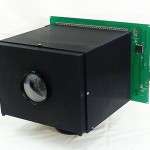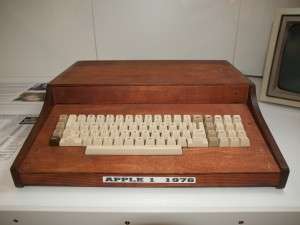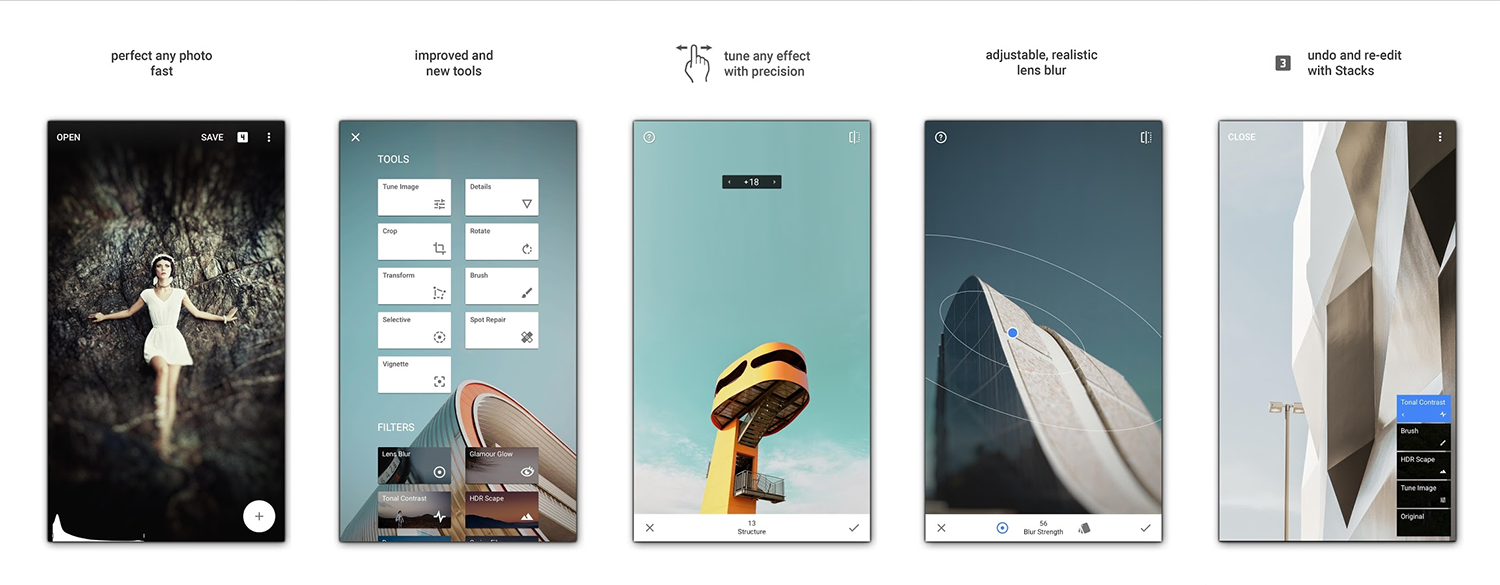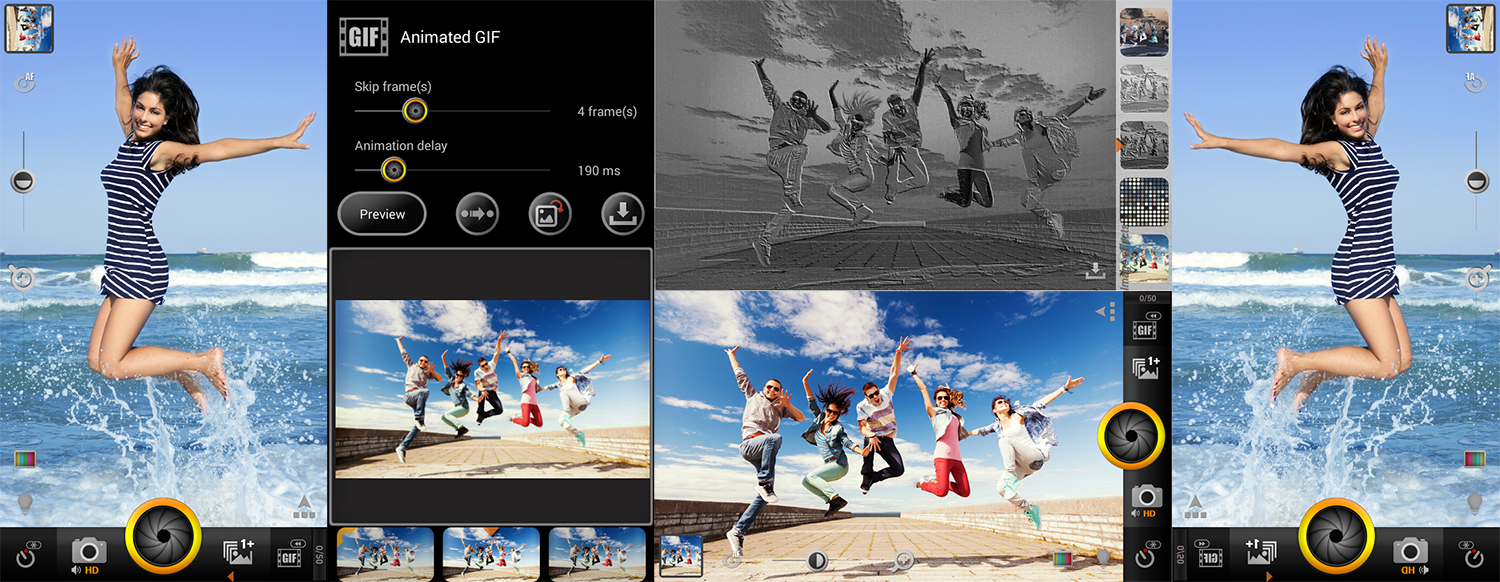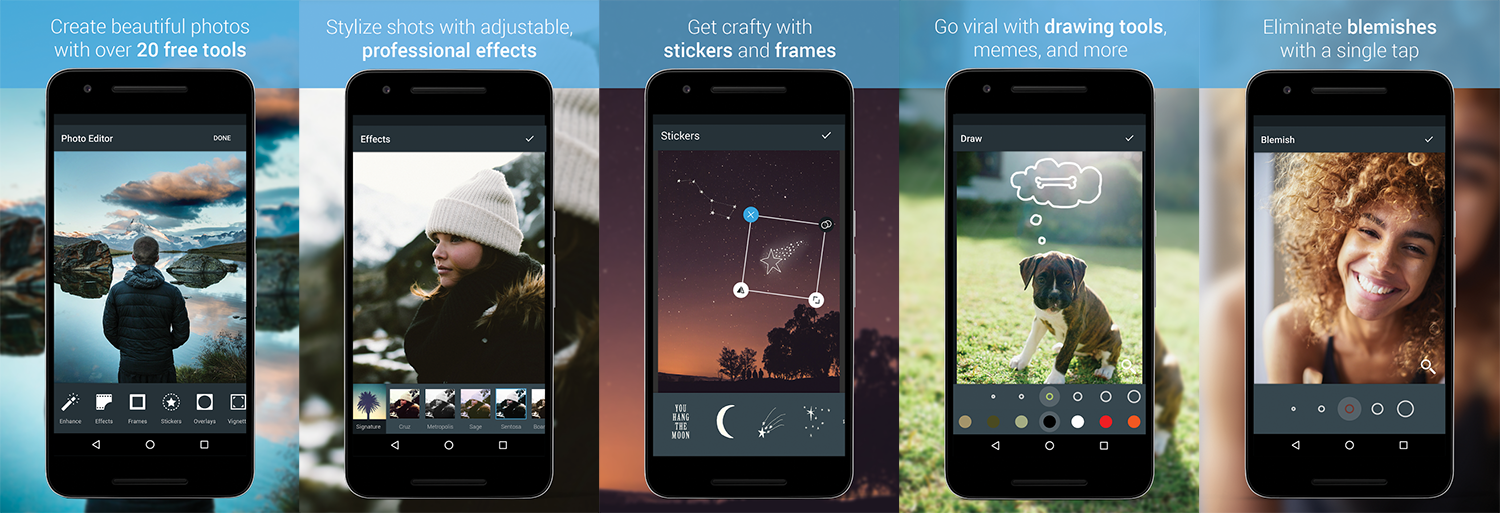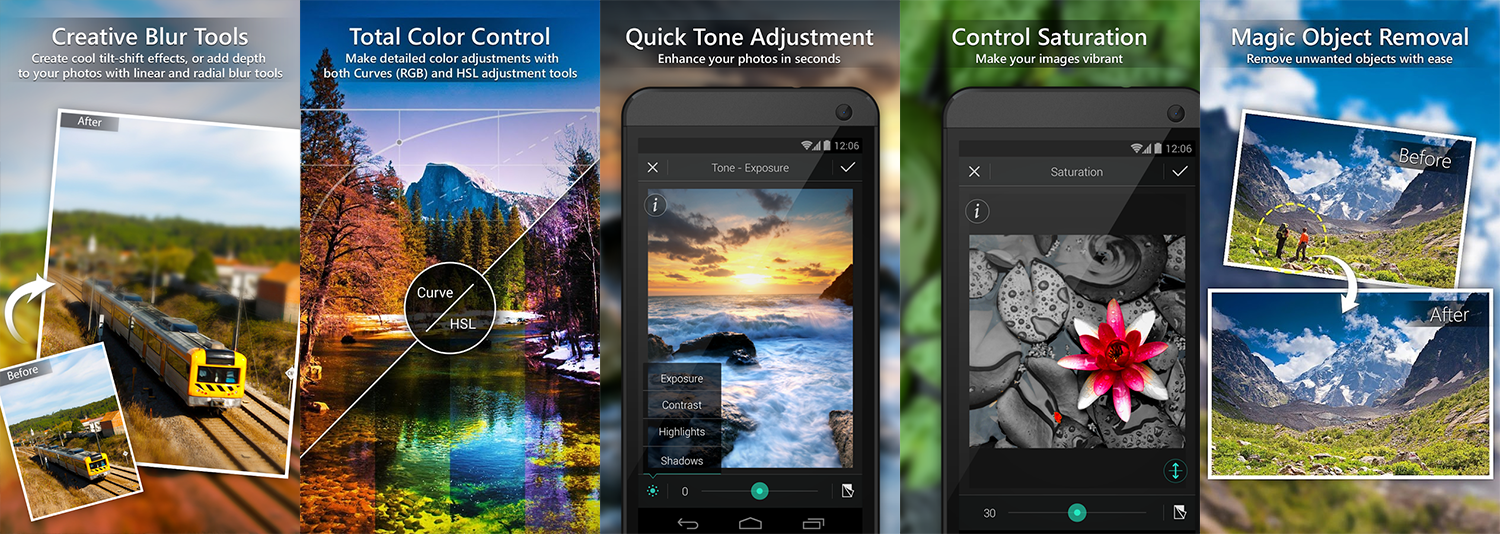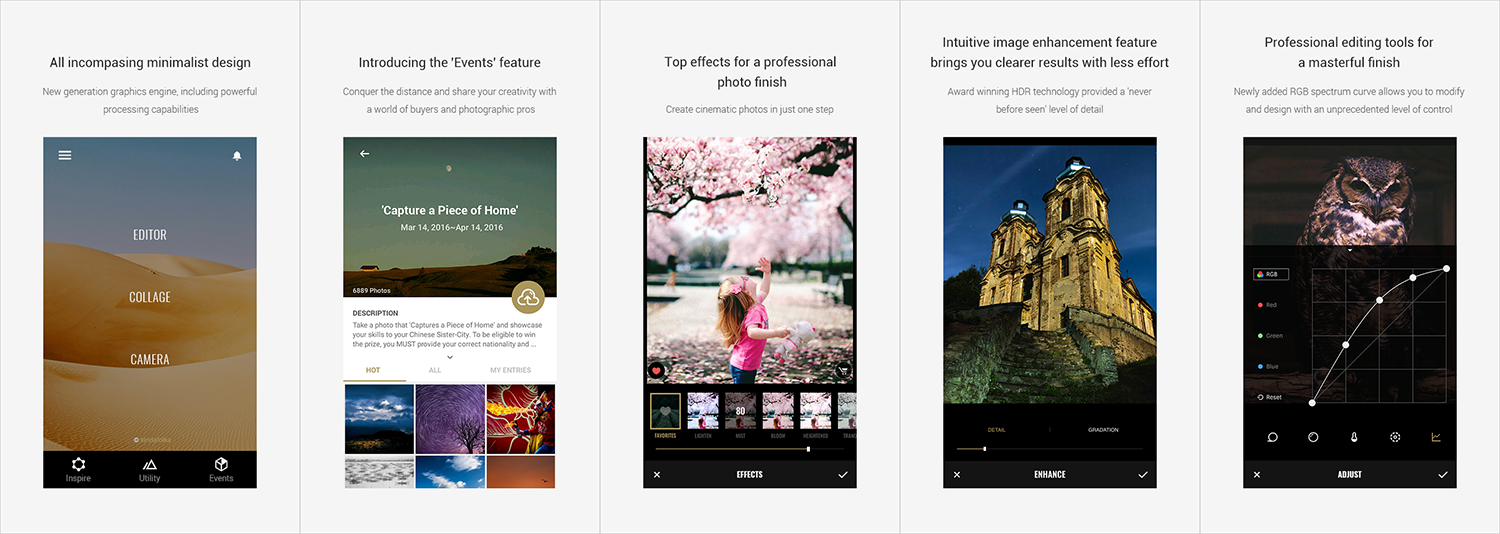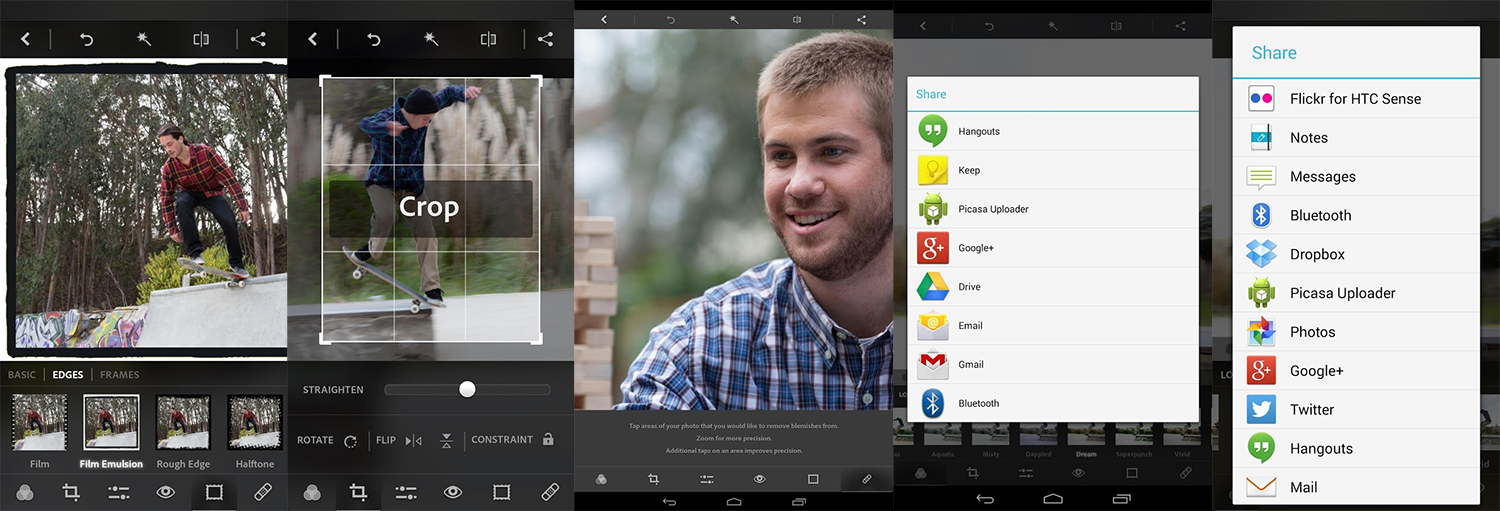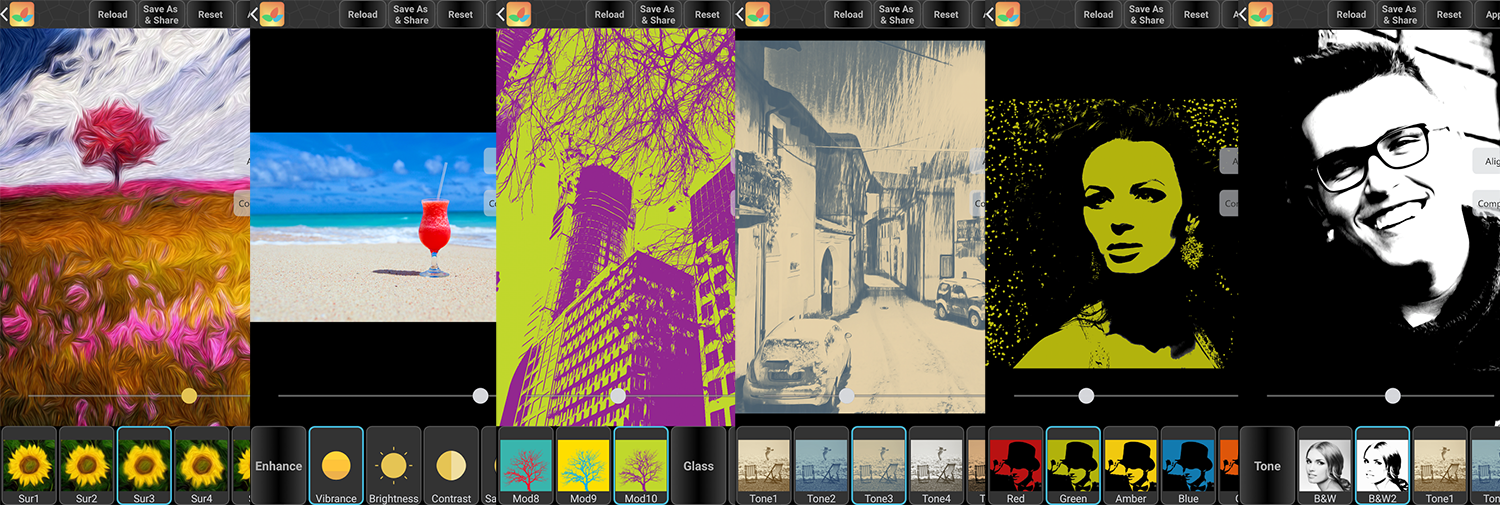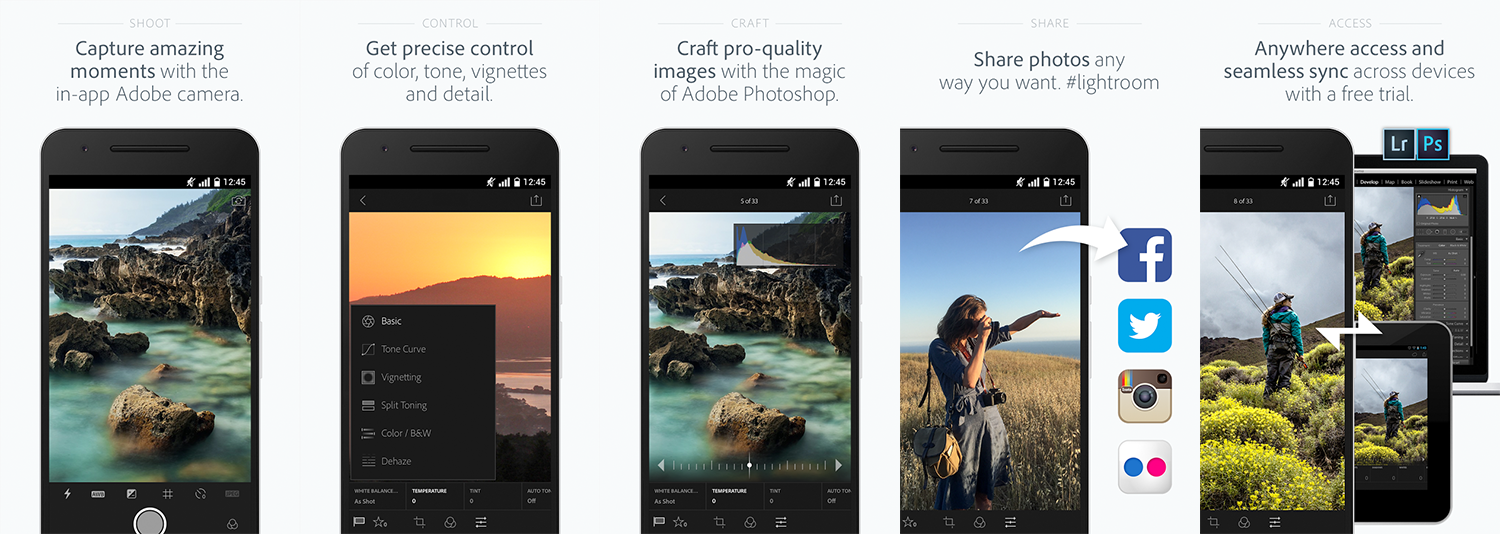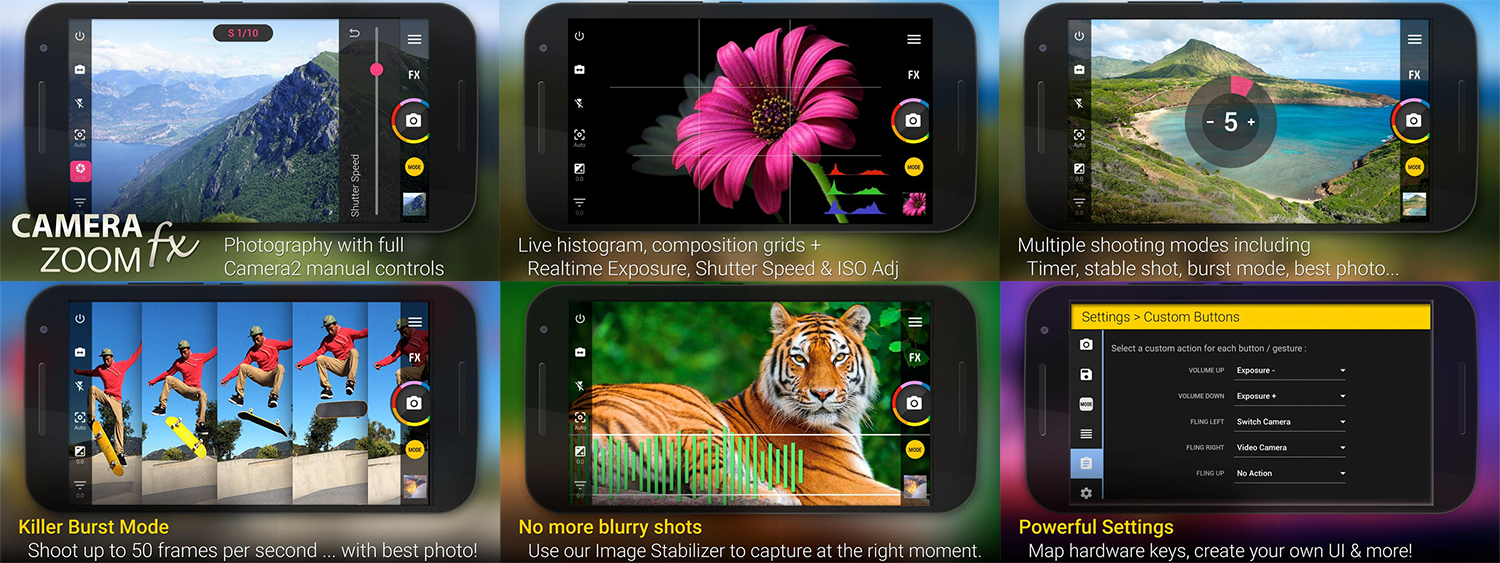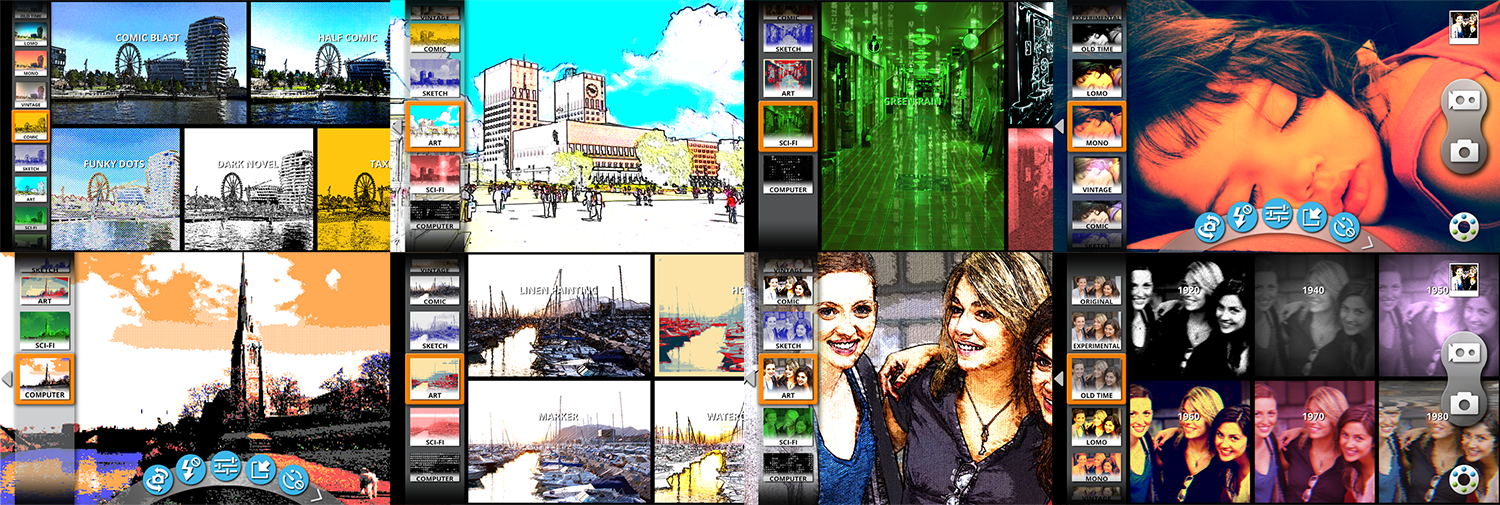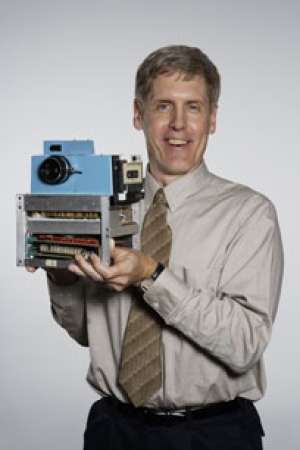
Steven Sasson with the first digital camera (photo credit: Kodak)
It was the size of a toaster and captured images at a resolution of 0.01 megapixels.
It weighed in at a hefty 3.6kg (8lbs) and recorded the first black and white image onto a cassette tape – a process that took 23 seconds. These specifications might seem meagre to a modern reader.
But the invention of the digital camera by Steven Sasson at Kodak in 1975 launched a revolution that has turned us all into photographers.
Film cameras have pretty much been swept aside, while most of us now have cameras in our pockets in the shape of smartphones.
How did it work?
Back in 1975, Mr Sasson was tasked with learning about the new charge-coupled device (CCD) technology, which could convert electrical signals into digital values.
He believed that CCD could be used to turn captured images into digital code (0s and 1s) and after months of work, he came up with his electronic camera. It included a portable digital cassette recorder, which used to record images and could be seen as the memory card of its day. This “portable” device apparently borrowed its lens from a Super 8 movie camera.
It was also necessary to build a device to turn the signal back into analogue so that the images could be viewed on a TV. This was apparently the size of a small suitcase.
The first digital photo
Lab technician Joy Marshall stood against a white background with the image taking 23 seconds to record – the tape was spinning – and another 30 seconds to display on the TV screen.
The first image was not a success with only Ms Marshall’s silhouette visible and no face detail. It took another hour of fiddling for a successful image.
But the technology was complicated, expensive and difficult to use – to the extent of Mr Sasson having to use a film camera to take a photo of the TV screen displaying the digital image for posterity.
He reckoned a camera would have to be able to capture images at one megapixel (two mexapixels for colour) to be a commercial success and guessed that would take another 15 to 20 years. The rest, as they say, is history.
Sources: Kodak, Techrader, CBC, Wikipedia


